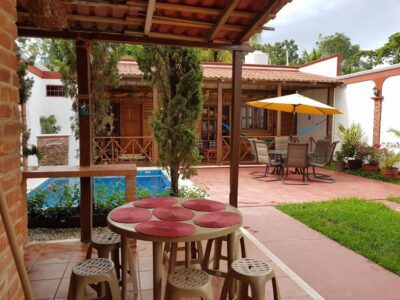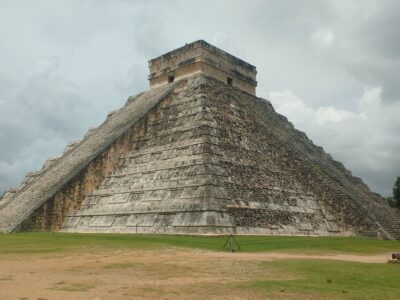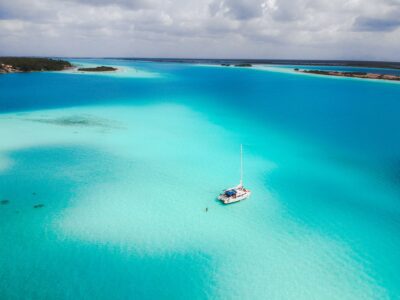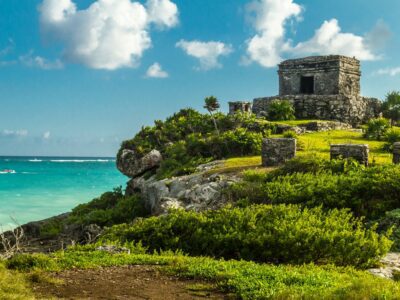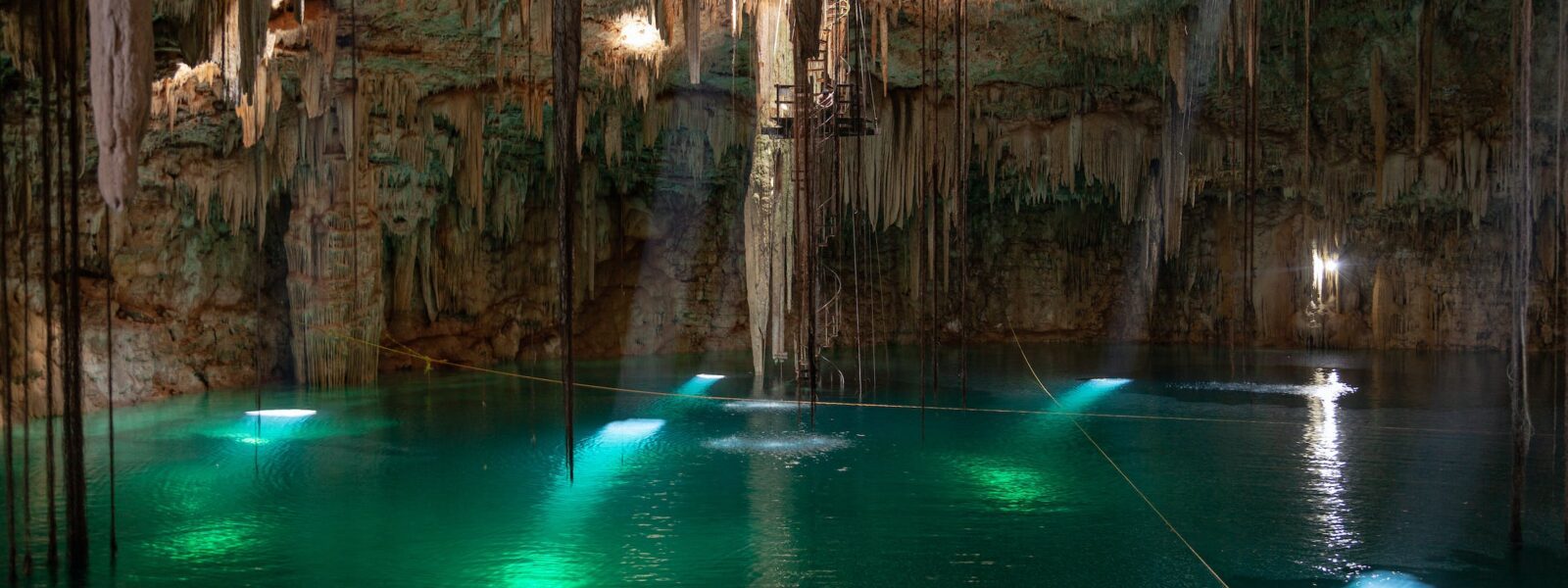The Riviera Maya, located along the Caribbean coast of Mexico, is known for its pristine beaches, crystal-clear waters, and lush jungles. But beyond the sandy shores and turquoise seas, lies a hidden world of natural wonders known as cenotes. Cenotes are unique sinkholes that are formed by the collapse of limestone bedrock, revealing underground freshwater rivers and caverns. These mystical cenotes are not only a sight to behold, but they also offer a unique and unforgettable experience for travelers looking to explore the natural beauty of the Riviera Maya.
Cenotes are sacred to the ancient Mayan civilization, who believed that they were portals to the underworld and used them for various rituals and ceremonies. Today, cenotes are protected natural reserves, and many of them are open to the public for exploration and enjoyment.
One of the most popular cenotes to visit in the Riviera Maya is Cenote Dos Ojos, which means “Two Eyes” in Spanish. It is named after the two interconnected cenotes that resemble a pair of eyes when viewed from above. Cenote Dos Ojos is famous for its crystal-clear waters, intricate cave formations, and abundant marine life. Snorkeling or diving in Cenote Dos Ojos is like entering a magical underwater world, where stalactites and stalagmites create a mesmerizing landscape, and rays of sunlight filter through the water, casting an ethereal glow.
Another must-visit cenote in the Riviera Maya is Cenote Ik Kil, known for its dramatic open-air setting. This cenote is located in the heart of the jungle and features a circular opening with lush vegetation cascading down its walls. Visitors can swim in the cool, turquoise waters, surrounded by lush greenery and the sounds of nature. Cenote Ik Kil is also known for its cliff jumping, allowing thrill-seekers to take a leap of faith and plunge into the refreshing waters below.
For a unique adventure, Cenote Sac Actun, also known as Sistema Sac Actun, is the world’s longest underwater cave system and offers an unparalleled experience for cave divers. Exploring the submerged caverns and tunnels of Cenote Sac Actun is like entering a surreal and otherworldly realm, with stalactites and stalagmites forming otherworldly formations, and blind fish swimming in the dark waters.
Cenotes are not only a visual delight but also have cultural and ecological significance. They are home to a diverse array of plant and animal species, some of which are found nowhere else on Earth. They also play a crucial role in the region’s water cycle, as they serve as natural filters that help replenish the underground aquifer, which is the main source of freshwater for the Riviera Maya.
When visiting cenotes, it’s important to respect the environment and follow the rules and regulations in place to protect these natural wonders. Most cenotes have restrictions on the use of sunscreen, insect repellent, and other chemicals to prevent contamination of the pristine waters. It’s also crucial to avoid touching or damaging the fragile cave formations and to follow the guidelines provided by trained guides for safe and responsible exploration.
In conclusion, the cenotes of the Riviera Maya are natural wonders that offer a unique and mystical experience for travelers seeking to explore the hidden beauty of the region. From underwater caves to open-air sinkholes, cenotes are a testament to the geological and cultural history of the area. Whether you’re a snorkeler, diver, or simply a nature enthusiast, exploring the cenotes of the Riviera Maya is an adventure you won’t want to miss.



